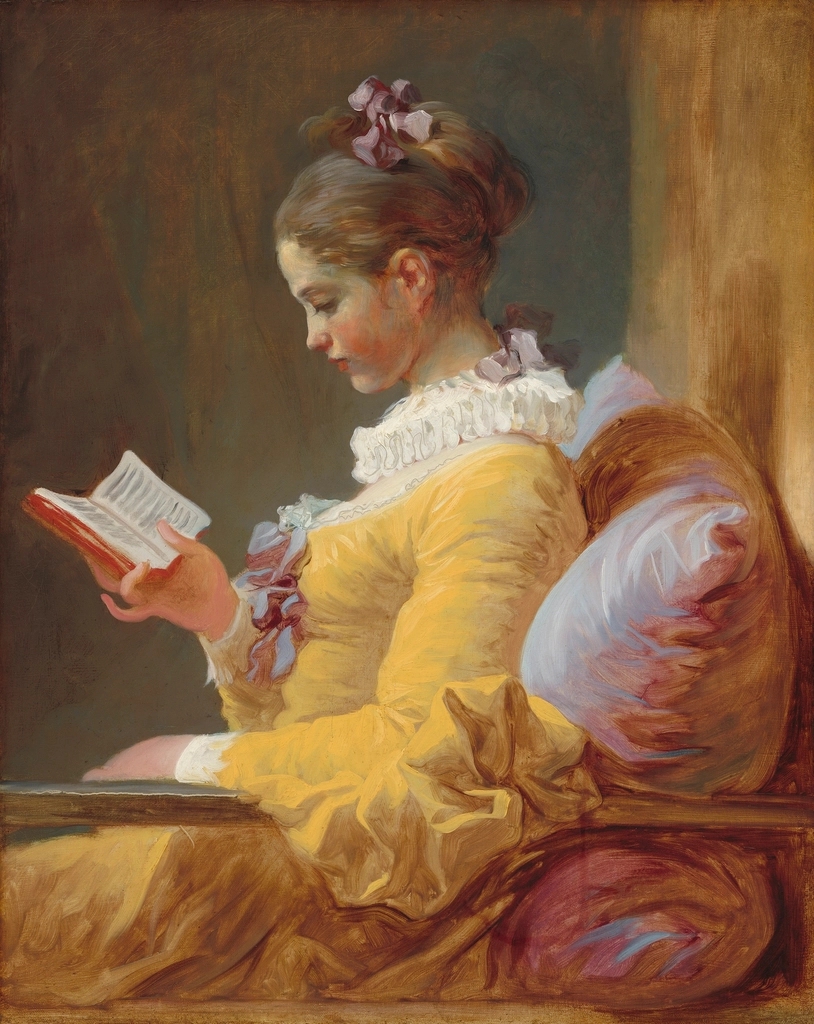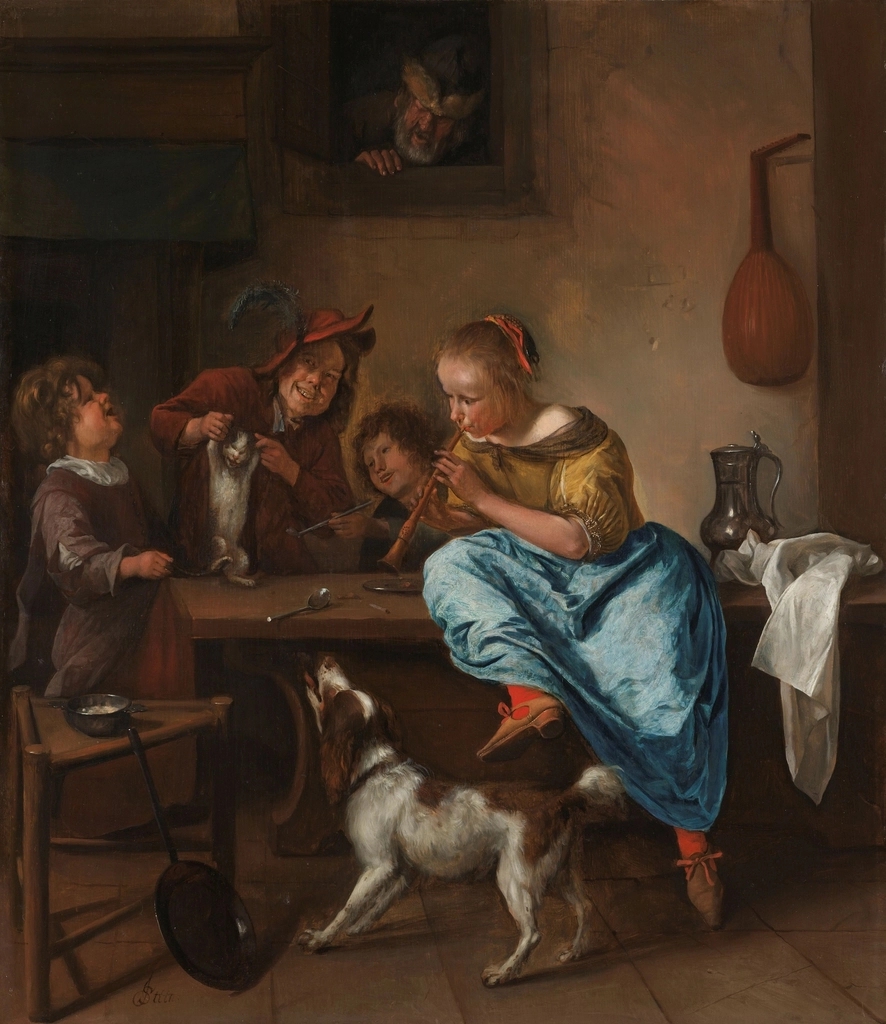Back in 2019, when I was thinking about what to title my blog, writerreaderteacher seemed a perfect fit since I spent most of my days writing, reading, and or teaching.

But if you’re a regular reader of this blog, then you’ve noticed that my posts focus more on writing and reading than teaching. That got me thinking that if I was going to keep the title, I ought to balance the three.
This post will consider the similarities writing, teaching, and reading share. As with memories, we may have different perceptions of the three, but everyone can agree that the written word is integral to each.

Similarities found in both teaching and writing:
Lesson plans created by teachers are much like the plot of a story. They can be outlined, and outcomes anticipated. The actions of an author’s character, much like a teacher’s student, can throw unexpected curveballs, be they emotional, behavioral, or both, into what seemed a linear plot, a straightforward lesson plan.
Those curveballs require improvisation, aka leaps of imagination, if a satisfying ending is to be created or a successful lesson is to be enjoyed.
We’ve all had the experience of teaching, we’ve helped someone learn how to do something and we’ve had to use our imagination to find ways to make the steps relatable and easy to comprehend. We may have also had to imagine other ways of getting the point across if our first attempt didn’t succeed.

It’s safe to say that writing and teaching need attention to task, imagination, and perseverance, but does reading?
Similarities to be found within writing and reading:
Writers read to edit, to learn, to fine-tune their writing, to explore, discover, and for pleasure. Readers read for pleasure, to learn, explore, and discover.
Authors write words and visualize characters, settings, and scenes. Similarly, a reader reads and visualizes characters, settings, and scenes; both are using their imagination.

As for attention to task and perseverance, imagine writing War and Peace, and if you haven’t already read it, imagine reading War and Peace. Enough said.
Similarities to be found in reading and teaching:
Books are as much a part of education as are pencil and paper. In the early grades, teachers read aloud to students to spark interest in a topic, to share something new, or to support a concept being taught. In upper grades, books are assigned to students for much the same reasons.
Teachers read to learn about topics or concepts they need to teach, and about how best to communicate to the children they need to reach.
As a teacher for the visually impaired, I work with individual students. I regularly seek out books that will help my students practice their visual skills, and develop their early literacy skills.

In the coming week, I plan to read the book The Hat by Jan Brett with my students. Together, we will practice using top-to-bottom and left-to-right pre-reading visual scanning skills to search for details within the book’s illustrations.
We’ll also play an I SPY game locating, in sequential order of appearance, the images of the tale’s characters that are scattered around the room along with the clothing they use as hats.
I’ve considered several similarities between writing, reading, and teaching, in this post, and I’m sure there are more that I’ve missed, but in the end, I think writerreaderteacher, still works.



